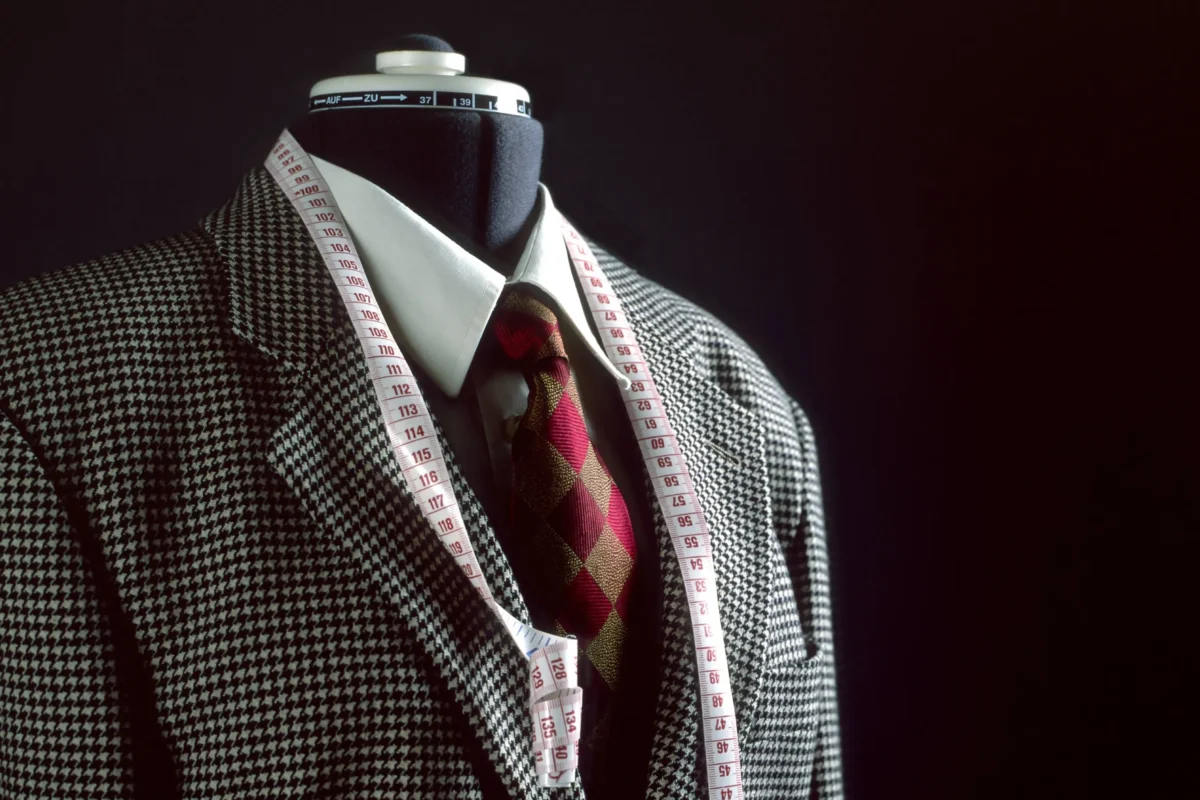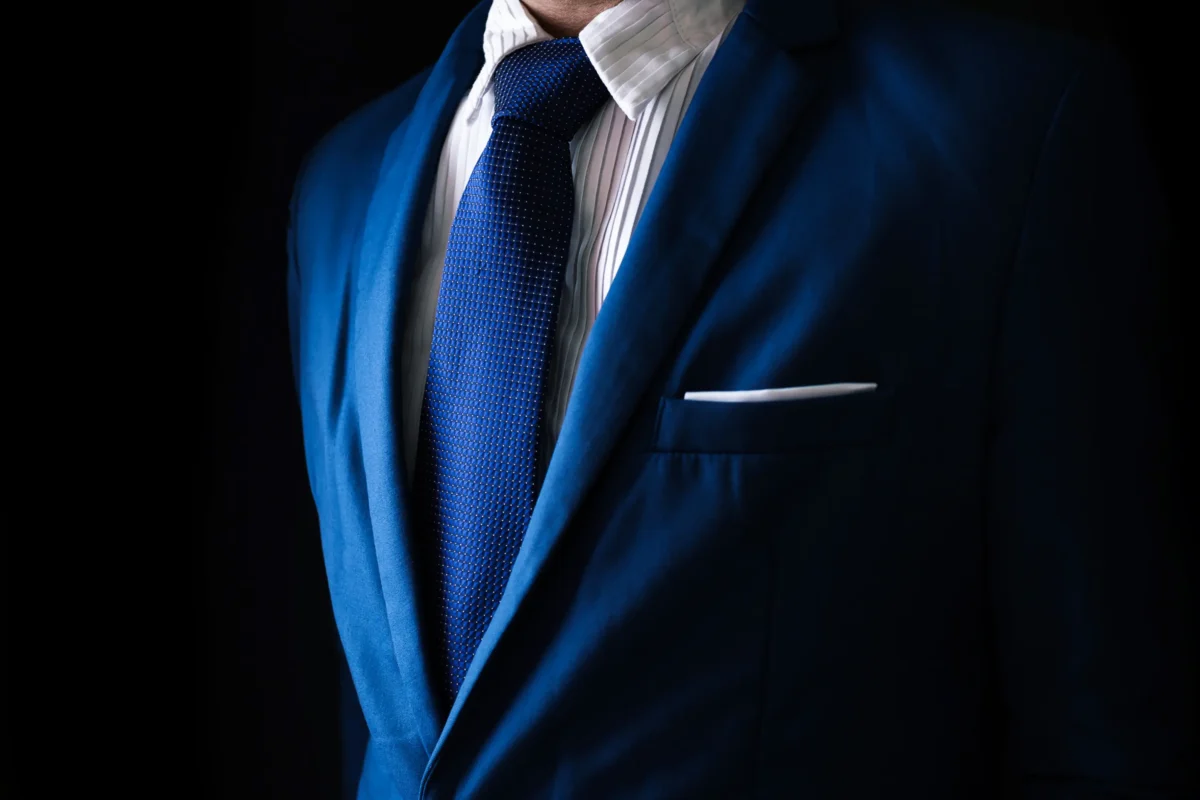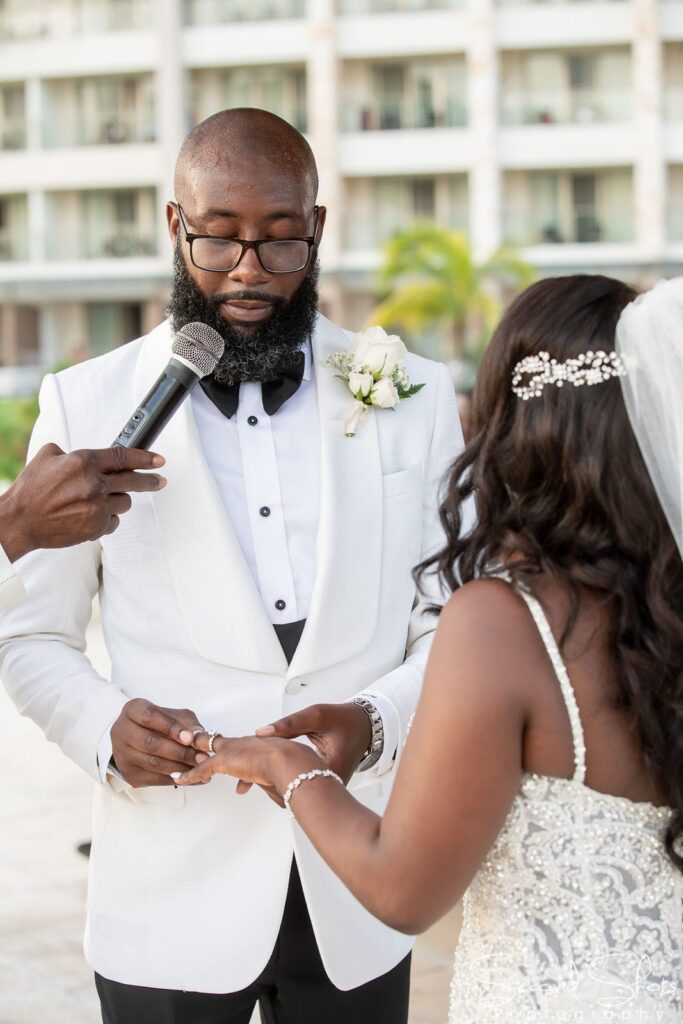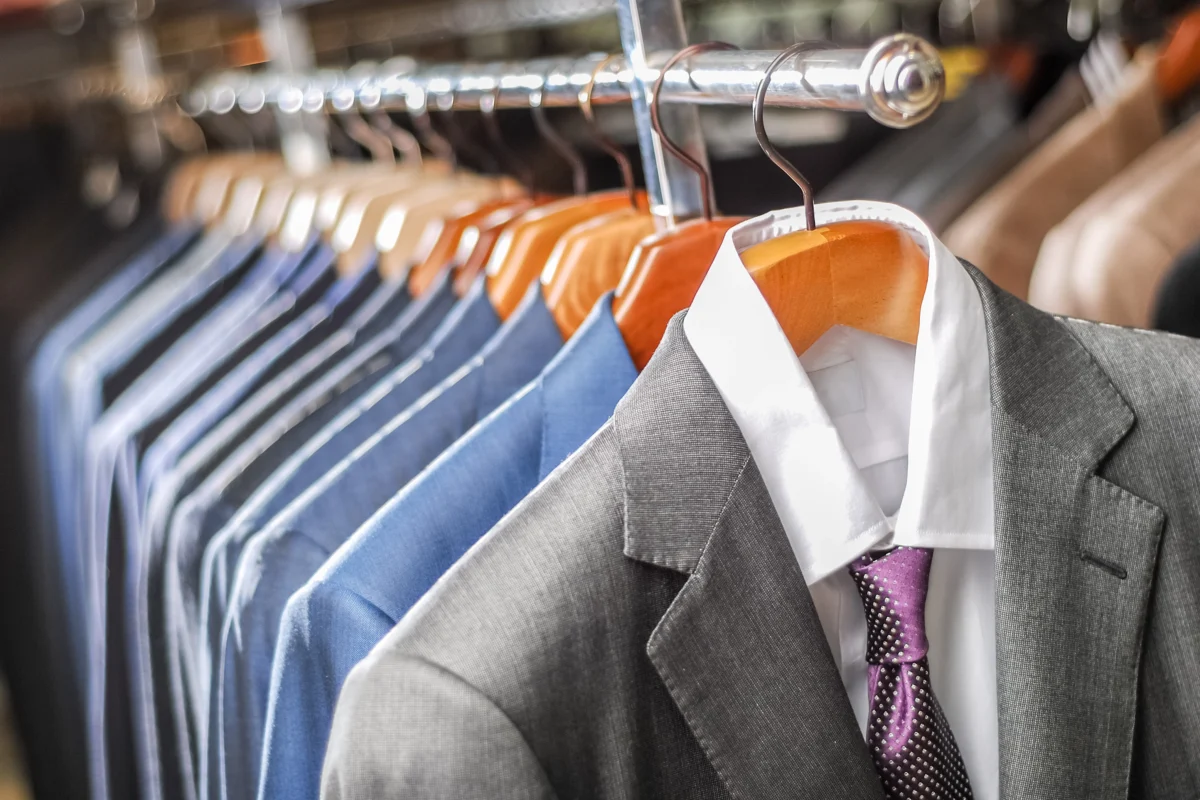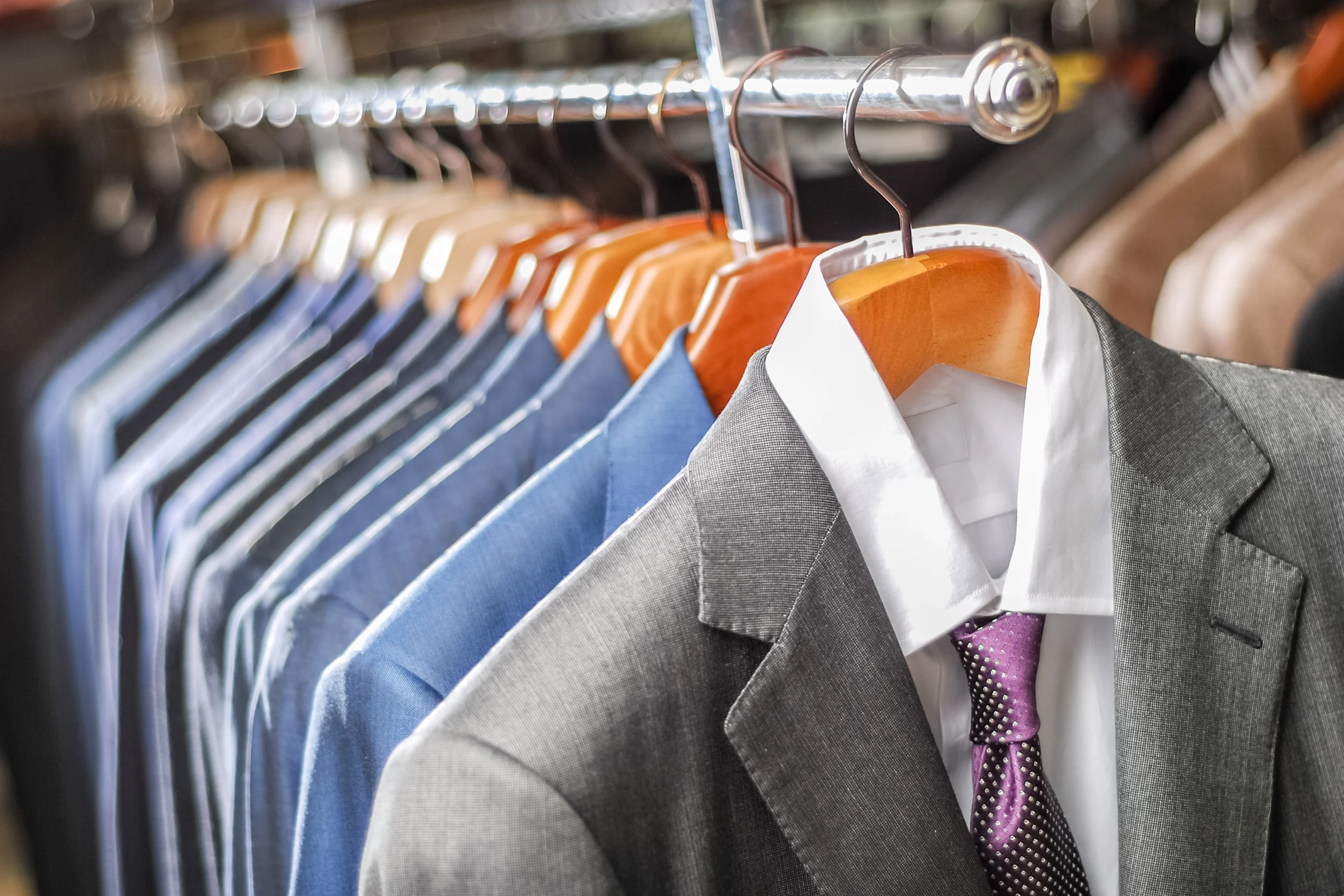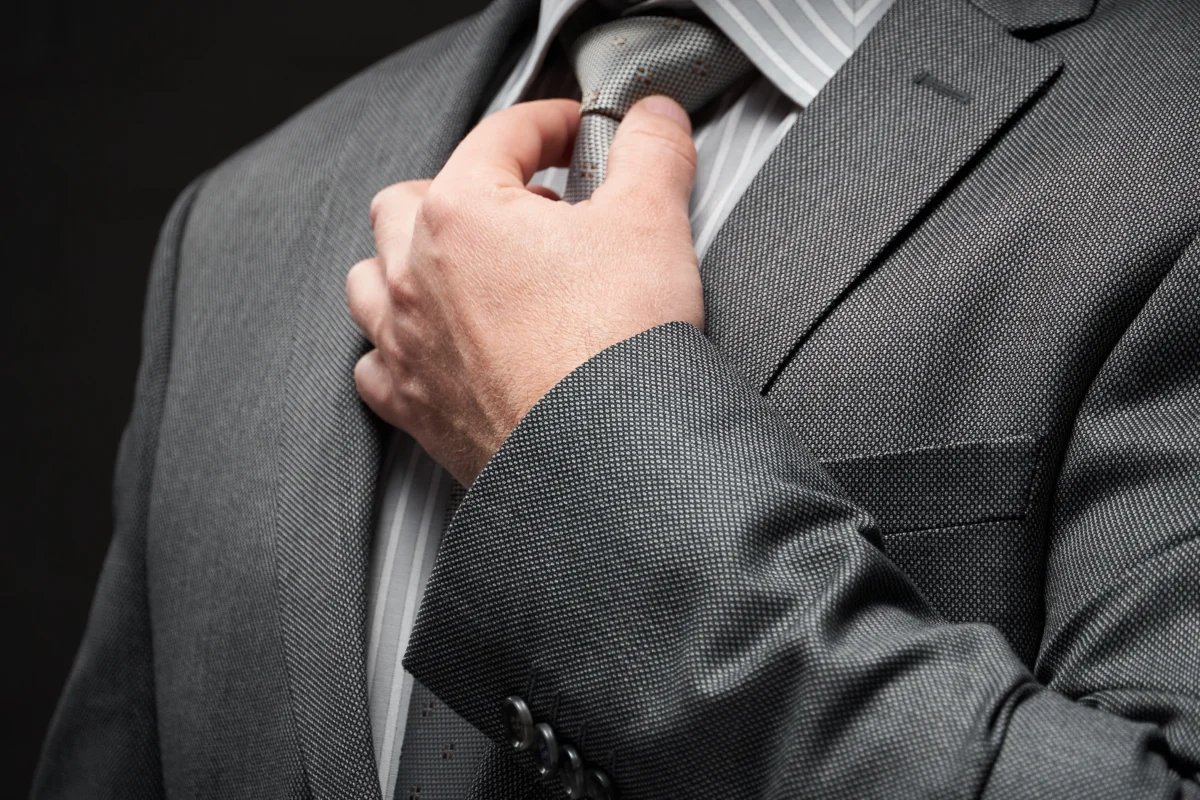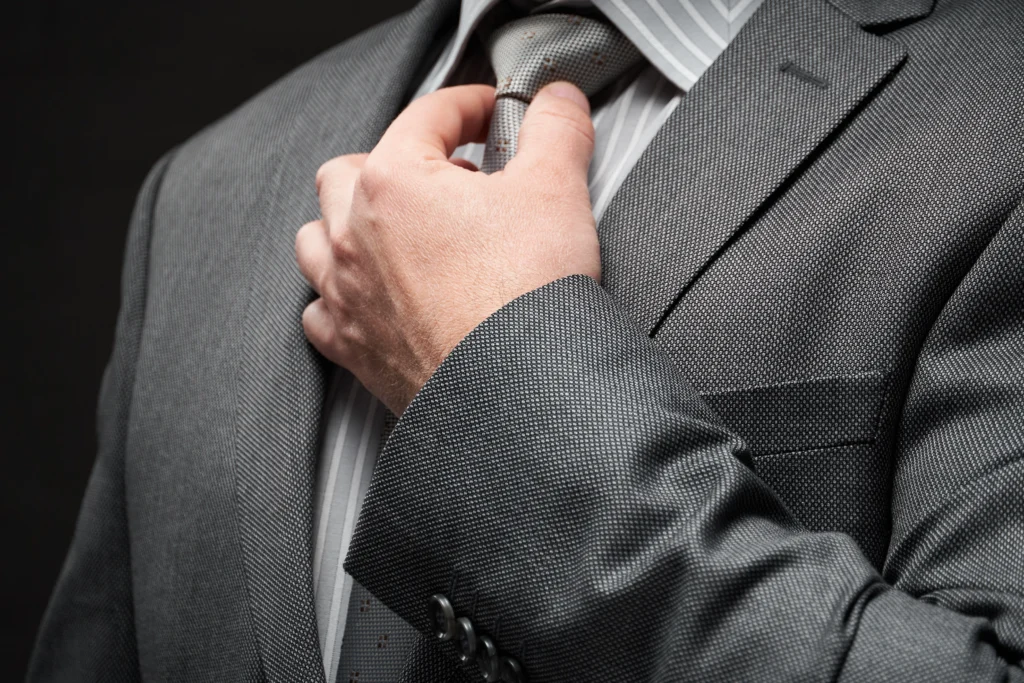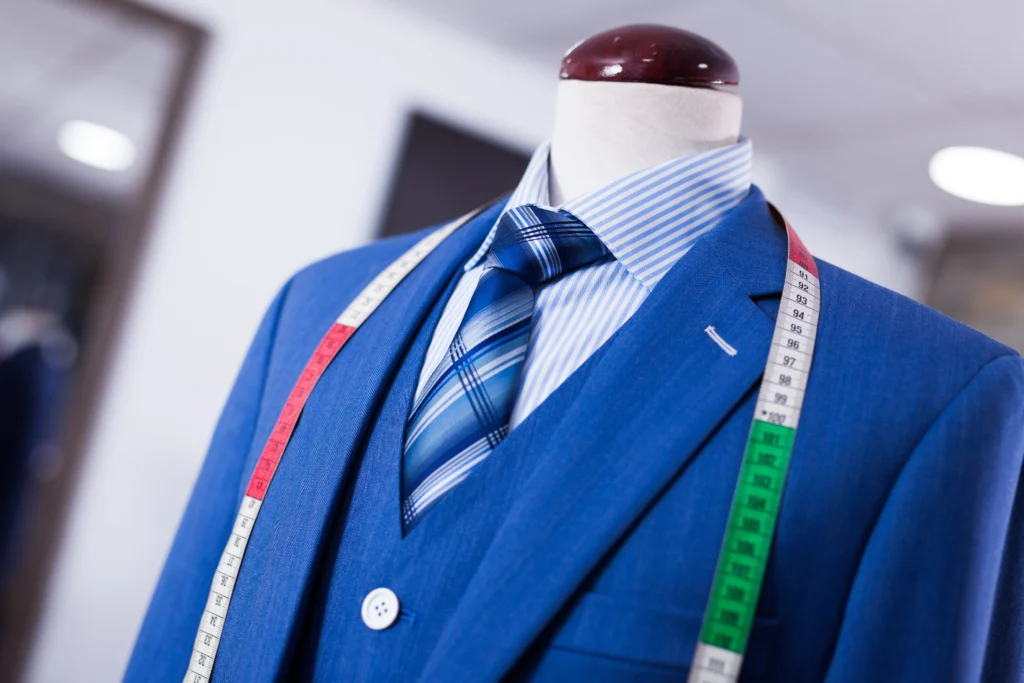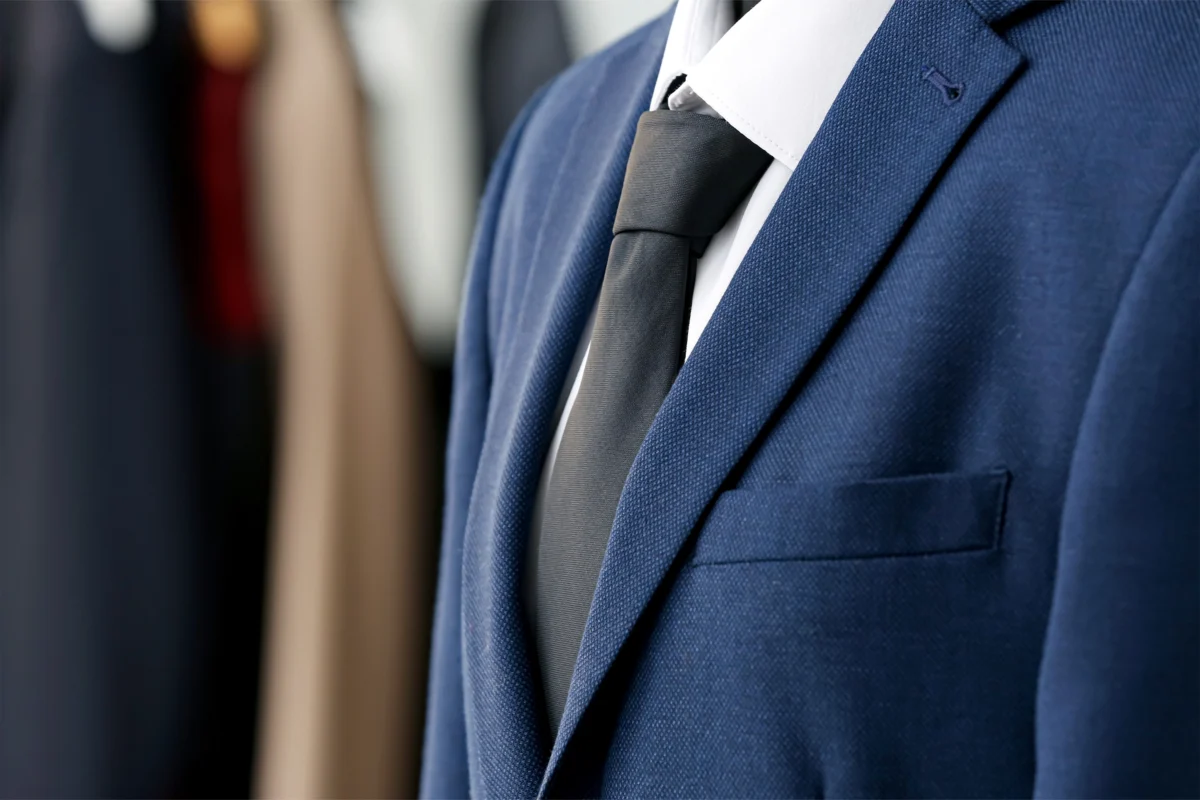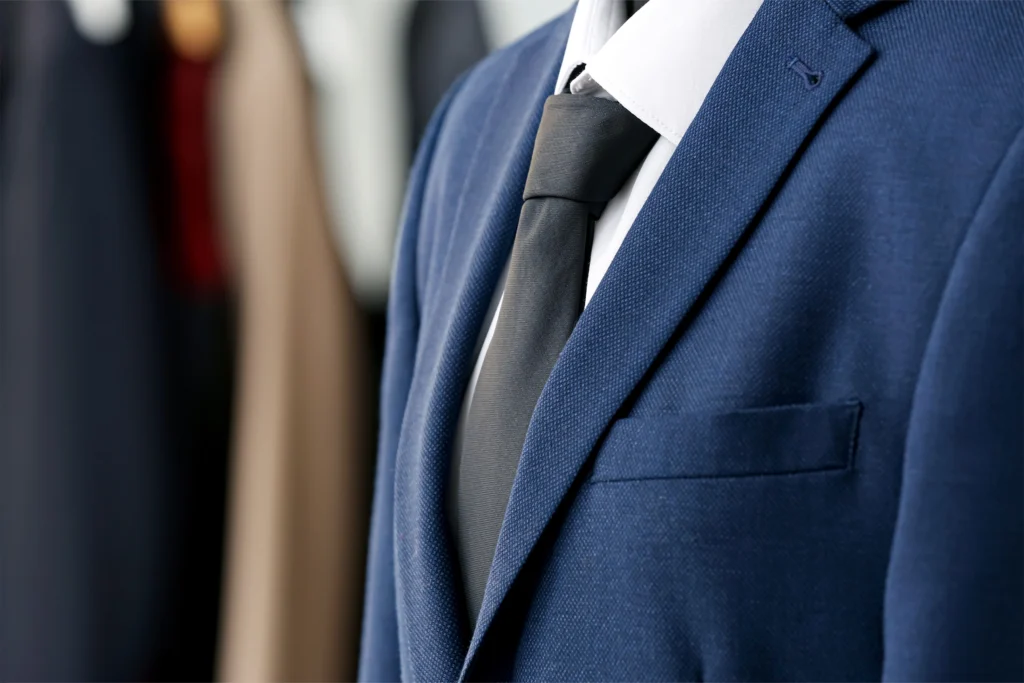Where Can I Find The Best Custom Jacket In The USA?
In a country like the USA where temperatures can sometimes go to the lowest, one piece of garment that comes in handy is a jacket.
But did you know you can achieve a bit of some elegance and class while at the same time keeping warm in cold weather? Yes, that is possible with a custom jacket.
In addition to keeping you warm in cold winter weather, a custom jacket can help you achieve an elevated sense of class and elegance. However, most fashion enthusiasts do not have an idea where to get a piece of a great custom jacket.
From high-end boutiques, tailor shops, fashion malls, and online fashion outlets to chain stores, the list of sources of custom jackets is endless. But one place that stands out as the best source of custom jackets is Bbespoke Apparel.
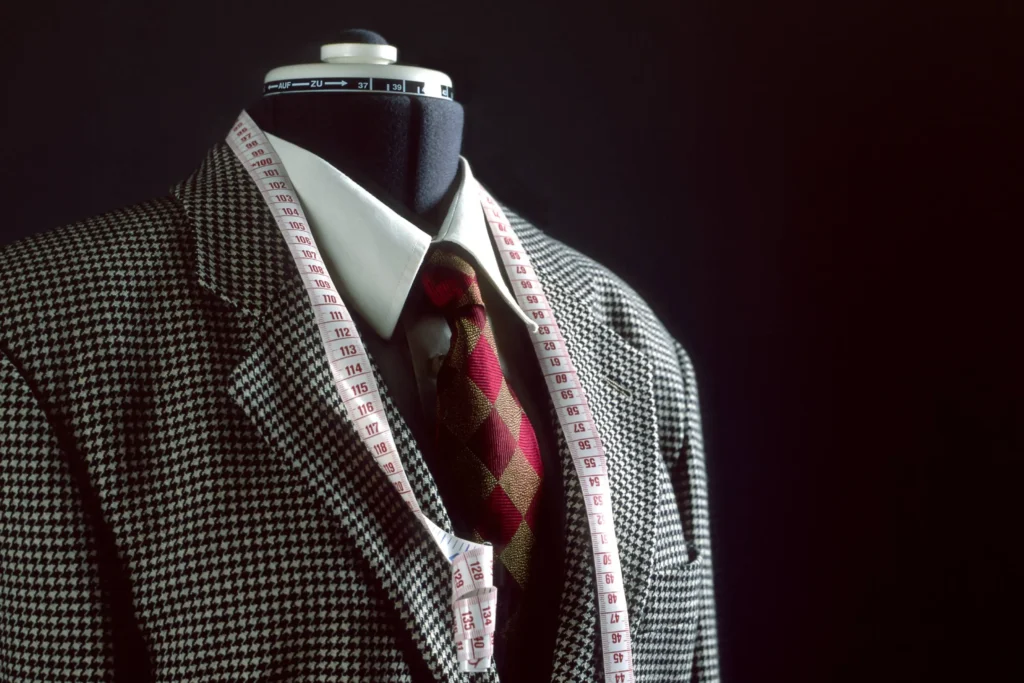
Are you looking for a bespoke jacket?
Stick around this discussion as we tell you why we are rated among the top brands in making the best custom jackets in New York and the USA at large.
After-sales services
As the years go by, our bodies tend to change in shape, size and appearance, depending on our lifestyle. There is nowhere that this scenario is factored in apparel making than at Bbespoke Apparel. Besides constructing your jacket according to your specifications, we go the extra mile in offering after-sales services that include adjustments and alterations that may arise as your body changes over time. With such services, we ensure that your masterpiece forever remains outstanding while defining your unique physique.
Convenient process
Our purchase process is easy and streamlined to ensure that all our customers can access our apparel in not just New York, but also nationwide. The simple and streamlined process is enabled by the user-friendly online design tools and easy-to-follow steps for in-person consultations.
Expert tailoring
At Bbespoke Apparel, we rely on a great team of highly experienced of tailors in the meticulous construction process. We do this with a clear understanding of the unwavering need for premium tailoring services that accompany custom jackets. It therefore means that you will never go wrong with our custom jackets.
Premium Materials
The process of making great masterpieces does not begin at the construction phase, but rather from the sourcing of tailoring materials. With a clear understanding of the textile industry, we source our fabrics and materials from trusted suppliers only. Be it cotton, wool, linen, or cashmere, we take our fabric and material selection very seriously. With premium materials and fabrics at hand, you can trust us to deliver the highest quality custom jackets in the country.
Personalized service
If there is one thing that proves very beneficial for all custom fabrics, not just custom jackets is the level of personalization that goes into the entire construction process. With a clear appreciation of the uniqueness of the physical appearance of different people, we offer personalized service across all construction phases. From the initial consultation, measurement-taking, first-fit, and construction to the final fit, you will be assigned a single tailor throughout the process. This helps us in making unique and perfectly fitting custom jackets.
Reputation and reviews
When it comes to the selection of premium fabric and material for a custom jacket, the reputation of a tailor is crucial to the final product. A reputable tailor with great customer feedback and reviews is more likely to deliver quality custom jackets than one who has had a back-and-forth experience with their past customers. Going by the numerous positive reviews on our online profile are enough proof of the quality products that we make at Bbespoke Apparel.
Customization options
At Bbespoke Apparel, our tailors always keep updating themselves on the current fashion trends. All this is aimed at ensuring we produce innovative and contemporary designs that appeal to a wide range of fashion enthusiasts. And the level of customization does not end there, we go ahead in availing you with extensive fabric and material types for your consideration. All this is aimed at achieving a jacket that reflects your personal style and taste.
Conclusion
From customization options, premium fabric and materials, personalized service, exemplary customer experience, expert tailoring, and after-sales service, there is no doubt why we are rated among the best apparel makers in the country. Custom jackets are a little higher priced than the common off-shelf jackets, a reason why you should purchase from a highly experienced tailor only. Do not just take our word for it, log in to our website to verify our customer feedback.

